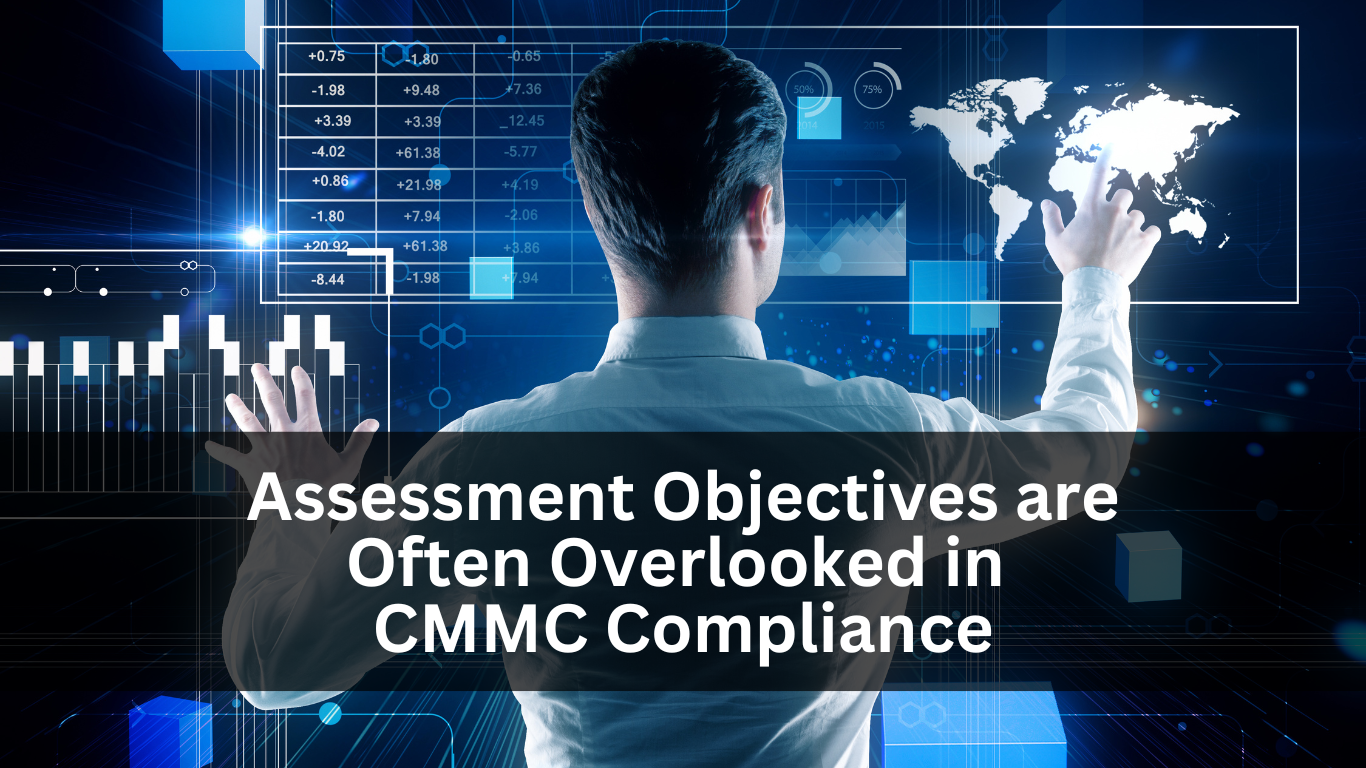Achieving CMMC (Cybersecurity Maturity Model Certification) compliance is a top priority for businesses that handle federal contracts. But this process can seem overwhelming, especially when companies worry about disrupting their everyday operations. However, with careful planning and a thoughtful approach, CMMC compliance can be integrated smoothly into your existing workflows. By leveraging automation, customizing security controls, and phasing implementation, businesses can meet CMMC requirements without grinding to a halt. Let’s dive into the strategies that can help you master CMMC compliance with minimal disruption.

Integrating Compliance Measures into Existing Workflows Seamlessly
The key to mastering CMMC compliance lies in integrating it into your current workflows rather than forcing your operations to fit rigid new standards. Companies often face hurdles when they treat compliance as an afterthought, creating friction between everyday operations and the necessary changes. Instead, it’s important to embed compliance measures directly into the processes already in place.
An effective way to do this is by conducting thorough CMMC assessments at the outset. These evaluations give a clear picture of how your existing workflows can accommodate compliance measures. A CMMC consultant can help identify areas where small tweaks can make a significant impact, allowing you to achieve compliance while maintaining efficiency. Rather than disrupting daily operations, this approach ensures that compliance becomes part of your normal business flow.
Leveraging Automation to Reduce Manual Intervention
Automation plays a critical role in reducing the burden of manual tasks during the CMMC compliance process. By automating repetitive functions, businesses can free up resources and reduce the risk of human error, which is often a challenge in cybersecurity compliance.
Incorporating automation tools allows for real-time monitoring and reporting, reducing the need for manual oversight. Automation can be particularly helpful when dealing with continuous auditing and system checks, two major components of CMMC compliance. With the help of a CMMC assessment guide, businesses can identify the key areas where automation would be most beneficial. This not only makes the process faster but also ensures more accurate compliance tracking, letting your team focus on core tasks rather than repetitive administrative work.
Phased Implementation to Avoid Operational Downtime
Implementing CMMC compliance all at once can feel overwhelming and even risky for companies worried about operational downtime. A phased approach allows for a smoother transition. This method breaks down the process into manageable steps, ensuring that each phase is fully operational before moving on to the next.
A CMMC consultant can assist in creating a timeline that fits your business needs, allowing your team to adapt gradually. Whether it’s upgrading systems or training staff, taking it step-by-step ensures you avoid costly disruptions. Phasing the implementation also gives teams the chance to adjust to changes without feeling overwhelmed, ensuring that the company remains operational while meeting compliance goals.
Customizing Security Controls to Fit Business-Specific Processes
Not all businesses have the same needs, and a one-size-fits-all approach won’t work when it comes to CMMC compliance. Customizing your security controls to fit your unique processes ensures that compliance measures are practical and effective. Generic controls can lead to inefficiencies, which could disrupt workflow and increase the time it takes to reach compliance.
Working with a CMMC consultant can help tailor your approach to fit the exact needs of your organization. For example, if certain departments need enhanced security protocols due to the nature of their work, you can focus compliance efforts there while maintaining more basic controls in other areas. This targeted approach allows for seamless integration of the necessary security measures without overburdening the entire business.
Mitigating Compliance Fatigue with Streamlined Auditing Procedures
Compliance fatigue is a common problem in businesses that are required to follow multiple regulatory frameworks. The repetitive nature of audits and assessments can be draining for employees and lead to compliance being seen as a burden. Streamlining your auditing procedures can reduce this fatigue and keep the team engaged in maintaining compliance.
One way to streamline the process is by centralizing compliance data. With the help of automated systems, your business can maintain a single repository of compliance records, reducing the need for repetitive data collection during CMMC assessments. Using a clear CMMC assessment guide will ensure your audits are efficient and focused on what matters most, keeping employees from feeling overwhelmed by the compliance process.
Ensuring Real-Time Adaptation Without Interrupting Core Functions
CMMC compliance is not a one-time project—it requires ongoing attention. Real-time adaptation is essential, but it’s important that this doesn’t interfere with core business functions. The ability to respond to new threats or compliance updates in real-time is critical for staying secure, but doing so without interruptions requires careful planning.
This is where automation again plays a crucial role. Automated monitoring systems can identify potential issues as they arise, allowing for immediate adjustments to be made. This reduces the need for manual interventions that could disrupt workflows. With a proactive approach, businesses can maintain compliance while continuing to operate smoothly. Following a clear CMMC assessment guide ensures that any adaptations are made swiftly and without confusion, keeping your operations running at full speed while maintaining robust security standards.